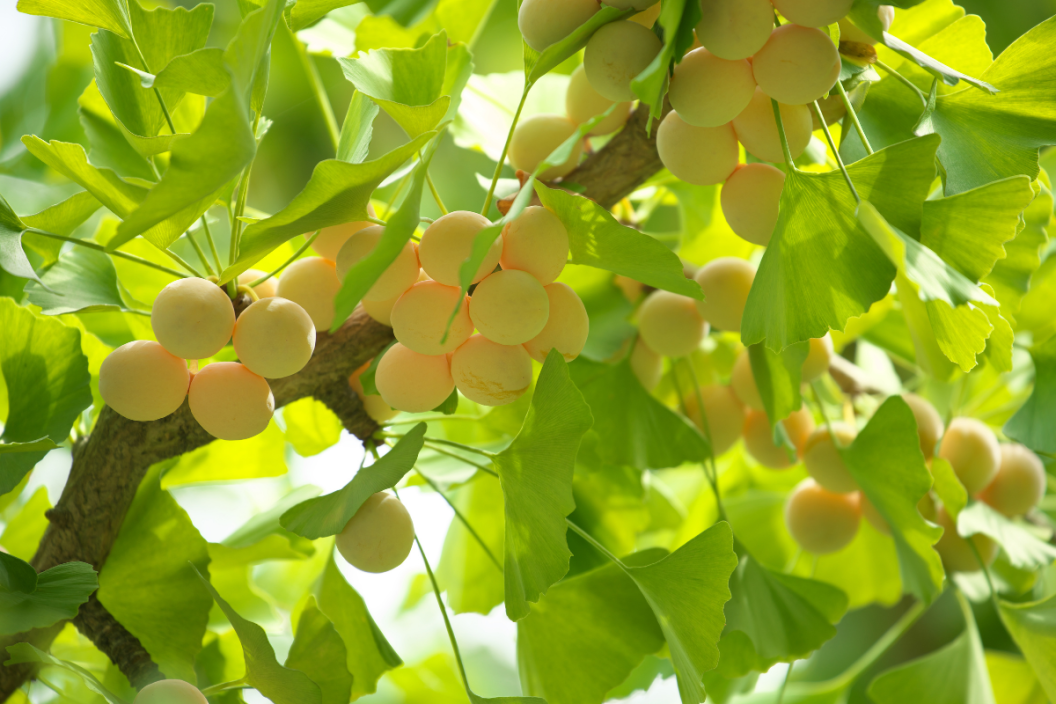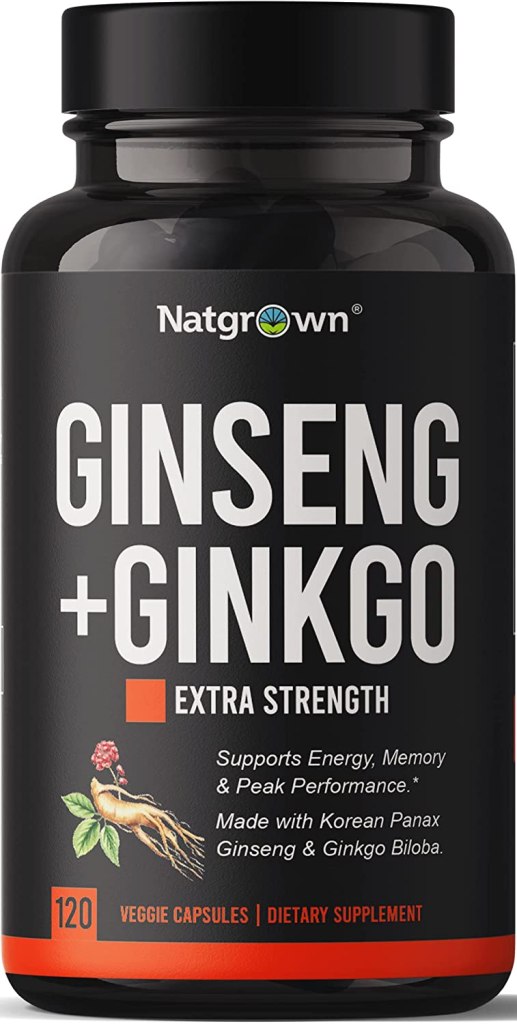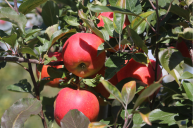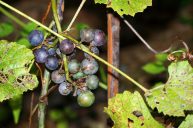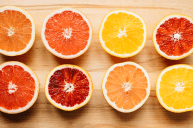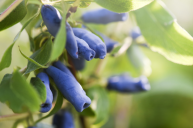Have you ever seen those beautiful yellow trees in the Fall? The Ginkgo Biloba, also known as the maidenhair tree, is the tree that has endured the test of time. This species is believed to be around 170 million years old according to fossil records, from the middle Jurassic period, and it has earned the name "living fossil" as the only species left in the family Ginkgoaceae.
Videos by Wide Open Country
This gorgeous, one-of-a-kind tree has fascinated humankind with its peculiar fanned leaves for thousands of years, shining with resilience, beauty, and usefulness. The ginkgo tree used to be widespread around the world, but then, due to natural habitat changes, the population dwindled. It learned to thrive alongside humans, however, and there are two wild areas in China today that were most likely planted and carefully preserved for over a thousand years by Chinese monks.
The oldest Ginkgo Biloba tree on record is in Eastern China and is around 3,500 years old and still standing strong. Six ginkgo trees in Hiroshima became an icon of hope and resilience when the atomic bomb was dropped in 1945: these six trees survived just a short distance from the blast radius, and they're still thriving to this day.
Smelly Cheese? It's Probably Gingko Fruit
In autumn, the ginkgo leaves turn a captivating yellow and you can walk on a golden blanket of them on many city streets. This tree is popular in cities for its ability to tolerate pollution, its hardiness, and its long life. These street trees are almost always male ginkgo trees, as the Ginkgo Biloba is dioecious (meaning it has separate male and female trees for pollination).
The female trees fruit, and in the fall, drop their fruit on the ground in smelly squishy bombs. This pungent smell is due to butyric acid and is described anywhere from stinky cheese to rancid butter. The Ginkgo is called the "silver apricot" in Japan, and this is an apt description of the ginkgo fruit. These fruits are small and plum-like, in a classic orange-yellow apricot color, sometimes verging on a cantaloupe pink with a silvery sheen on the outside.
Although the female Ginkgo tree is rejected by many city planners because of the smell, if you can find one, these fruits contain treasure on the inside: an edible nut. This nut is often found roasted in a variety of Chinese, Japanese, and Korean dishes, including desserts, soups, and paired with different meats. It can be found in traditional Eastern Asian medicinal practices as well, for brain and circulatory problems, as well as respiratory conditions.
Panax Ginseng + Ginkgo Biloba Complex Capsules
The use of ginkgo nuts and leaves dates back thousands of years. Ginkgo leaves have been studied many times in conjunction with cognitive function, cognitive disorders, and aid in preventing cognitive decline. Today, Ginkgo Biloba medicine is mostly sold as supplements.
How To Harvest Gingko Fruit and Prepare It
To harvest Ginkgo nuts, first: find a good pair of gloves. The fleshy fruit around the ginkgo seed, also called a sarcotesta, contains urushiol, which is the same chemical in poison ivy that can cause dermatitis and, for some people, skin blistering. Although technically edible for those who can stomach the smell, it is not recommended in case of potential skin reaction. The fruit once picked can last up to around a week, and can be submerged in water for easier removal of the outer layer (but you may want to do this outside - it will stink up your house!).
The nut inside has a shell that is similar to pistachio, but thinner, and can be roasted still in the shell. It is recommended to roast the nut, as it contains mildly toxic elements that break down and become less toxic once cooked. However, it is not recommended for adults to eat more than a handful at a time, and it is never recommended for children as it causes depletion of vitamin B6.
After roasting, the nut becomes a beautiful translucent jade color and tastes similar to edamame, pine nuts, or chestnuts. Disclaimer: Always use caution when trying a new foraged food, as often it can cause side effects. And use extra caution if you are allergic to tree nuts!
Ginkgo trees and their resilience are a beautiful example of a healthy balance between humans and nature, each of us learning from the other and helping the other. After surviving for thousands of years, hopefully, the Ginkgo will survive for thousands more, spreading their golden beauty and strength across time.
Products featured on Wide Open Eats are independently selected by our editors. However, when you buy something through our links, we may earn a commission.
